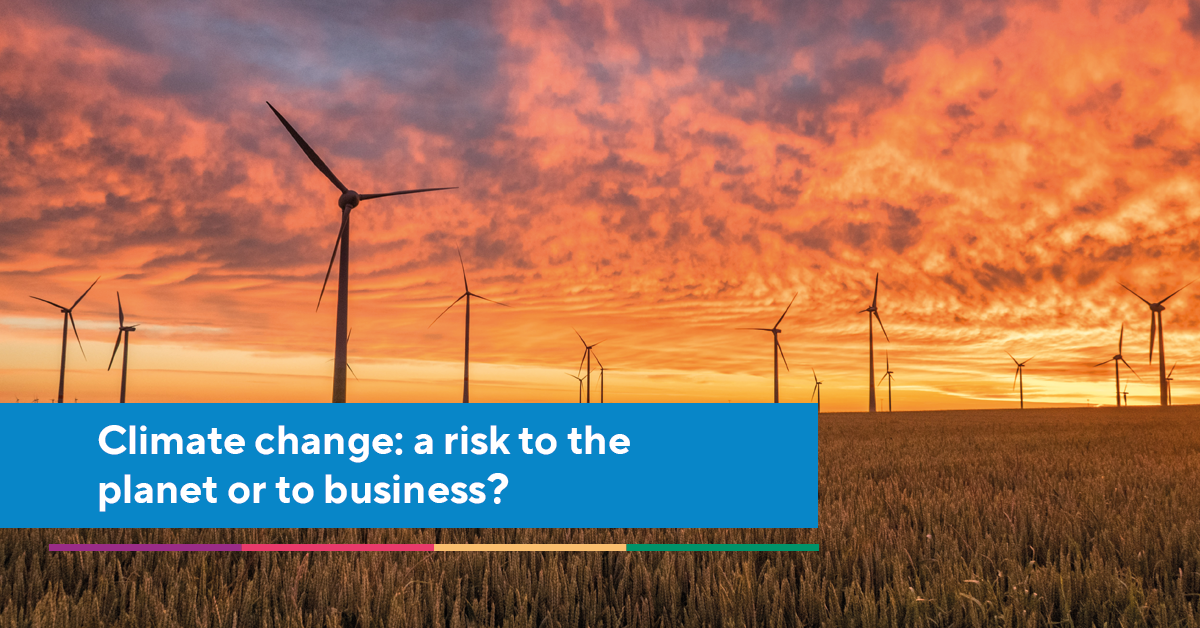Quitting smoking has often made it onto many a new year’s resolution list, and in the same respect, as we enter 2023, many businesses’ focus will turn to Scope 3 emissions.
I often use the act of trying to quit smoking as a metaphor for tackling Scope 3 emissions. Why? Well, when it comes to Scope 3, there are those companies who just want to talk about quitting smoking and how much they currently smoke (i.e. Scope 3 reporting). And then there are others who actually want to quit smoking (i.e. they are committed to putting in the work to not just report on but reduce their Scope 3 emissions).
Whilst Supply Pilot can help in both cases, we can have a much bigger impact working with the latter - companies who want to reduce their Scope 3 emissions (not just report on them) and therefore will need to engage suppliers to collect data and drive change within their supply chain. There is an assumption that companies have to focus on a limited number of suppliers to affect change. But, we enable businesses to engage at scale and pace across all of their suppliers. Our expertise also lies in helping businesses to overcome the complexity of such a challenge, and alleviate the burden of having limited resources with which to effectively engage large supply bases.
If we think back to the quitting smoking analogy, the simplest way to get data to put in a report would be to figure out how much you spend on cigarettes. This is the equivalent of a spend-based analysis, as stated in the GHG protocol.
The problem is that this is a very over-simplistic measure. The only insight you can gain from spend-based data is that you need to spend less on cigarettes – which is evident already, without any reporting. This method also provides no information about the type of cigarettes being bought – whether it is $200 on 20 very expensive premium brand, low-tar, cigarettes, or whether it is $200 on much cheaper (and more harmful) high-tar, self-rolled, filter-less cigarettes. This means that the report data is not indicative of how much actual impact or harm is caused. You are also left with no clear sight of what to do next. Furthermore, when inflation means the price of cigarettes goes up by 10%, the ‘issue’ (or perceived amount of harm from the cigarettes) goes up 10% without the number of cigarettes or level of tar inhaled necessarily changing.
The obscurity of detail in the cigarette example demonstrates the limitations of spend-based analysis to estimate emissions from purchased goods and services (category 1 of Scope 3). Whilst spend-based analysis is the quickest and cheapest way to get an indicative measure of emissions, it is often wildly inaccurate and rarely actionable afterwards.
On the other hand, the most accurate method to estimate Scope 3 data is by obtaining a full lifecycle analysis (LCA) from your suppliers. In an ideal world, every one of your suppliers would have conducted an LCA of the goods they supply to you. This could help you produce a report with precise emissions impact per category of goods or services purchased. However, this is not going to happen anytime soon as it is too costly, resource intensive, and time-consuming for most suppliers. But, even if one or two suppliers have done an LCA, this can help to provide more accurate proxy data for others.
So, the middle ground and what is the most ideal is weight/unit based. This is where rather than calculating the amount spent on purchased goods or services, you calculate the number or weight of those goods, and multiply that by the most relevant emission factor. (Emission factors provide businesses with a way to calculate how many emissions certain purchased goods or services have.) Estimated emissions from weight/unit-based calculations alongside any LCA data you are able to collect from suppliers, will provide you with a much more comprehensive picture of your supply chain emissions than the spend-based data method.
If you are unable to get even one LCA from a supplier, then try asking your suppliers whether there are more relevant emissions factors specific to the particular goods or services you purchase. This would be instead of using emissions factors from bodies such as DEFRA, BEIS, EPA, or HIGG, whose emissions factors are only representative of an industry average for a certain activity or commodity. Resulting in their categories being often very broad and lacking the granular detail required to distinguish one purchased good or service from another. Therefore, a unit of two entirely different purchased goods could have the same emissions factor.
With more accurate emissions factors from your suppliers, you can get a much more accurate report which reflects the impact of the purchased goods and services specific to your supply chain. This type of data is much more actionable because you know which purchased goods or services account for the most emissions and where to put your focus when it comes to reducing impact.
Back to the metaphor, it is much more valuable if you know exactly how many cigarettes per week and how much tar per cigarette. That way, you know the exact size of the problem; you know which cigarettes are the most harmful and therefore know where to focus your efforts to have maximum impact.
Metaphor aside:
- The best place to understand what type of emissions data is available to you - is your suppliers.
- The best way to categorise emissions against emission factors - is with the help of your suppliers.
- And the way to drive change - is to engage and activate suppliers about emissions.
Supply Pilot can help you do all three at pace and scale, via our award-winning platform, full-service supplier engagement offer, and industry-leading response rates. We recognise that businesses are fundamental to the net zero narrative and we are here to help you get the right data from suppliers which can inform action plans in the future.
If you are new to Scope 3 and wondering how to get started on your journey, why not have a look at our Kickstart Assessment?




